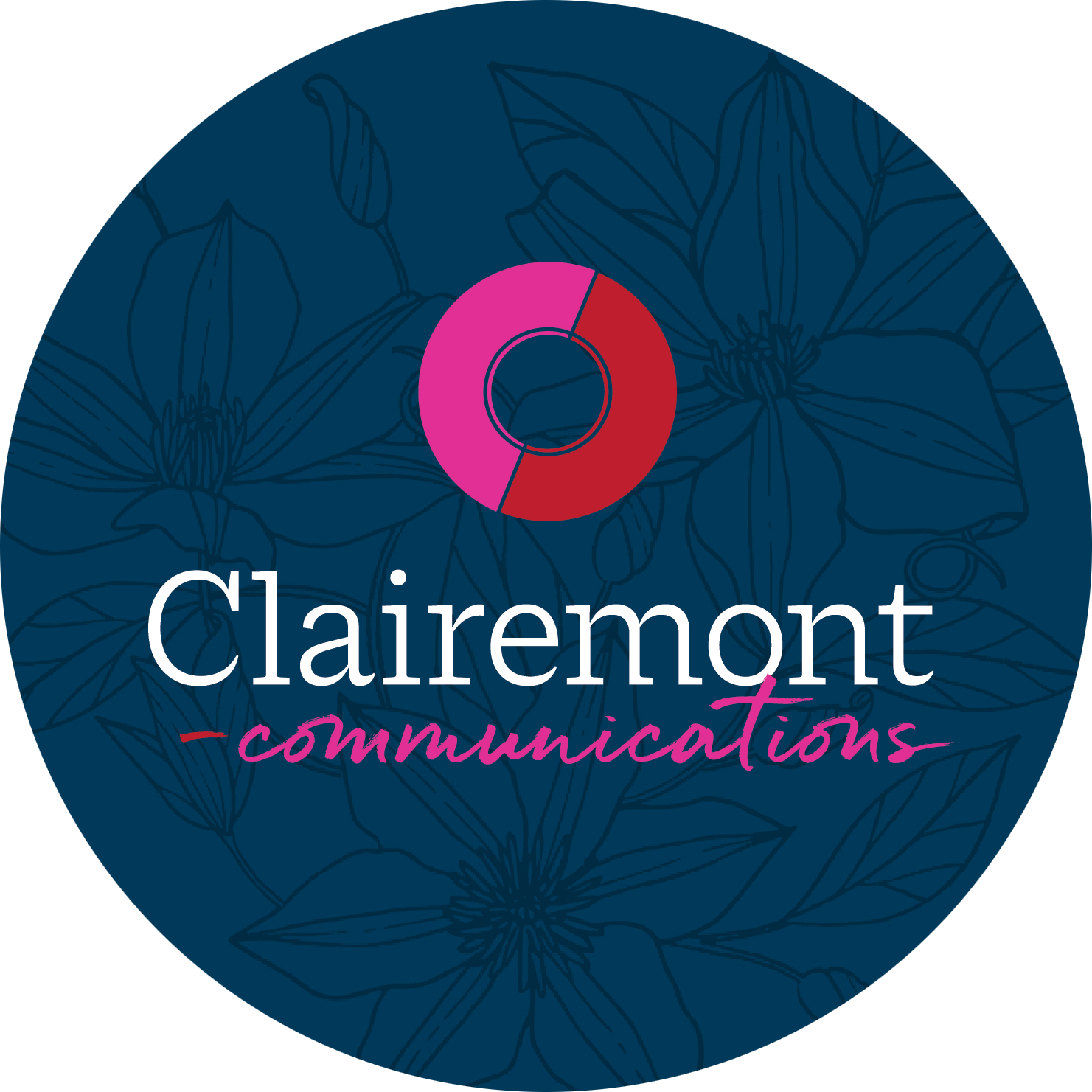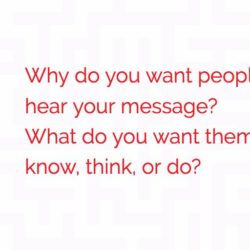As consumers, we may sometimes ask ourselves why we prefer a certain brand. Is it the quality? The experience it provides? Its monetary value? As a business, on the other hand, we must dig deeper to answer those questions and better understand why consumers may choose one brand over another.
I recently had the opportunity to listen to Tamsen Webster, keynote business speaker, address the topic of what makes a brand strong. She prompted me to consider why I am a loyal customer to certain brands. For example, I’ve caught myself always choosing Sara Lee’s bread over other bread brands. Why is this the case?
Webster explored how many businesses fall into the trap of brand misunderstanding. Many of them don’t represent themselves well to the public, which then creates a questionable gap between the brand experience and the brand’s message. She suggested that businesses who close that gap surface as the market’s preferred customer brands.
Message Disconnect
Webster pointed to Coke as an example of a business with a misleading message and gap. What is the relationship between soda and happiness? Does opening a bottle of Coke after coming home from a taxing work day really make everything better and happier? (Personally, it doesn’t quite make my day buttoned up and better.) Coke and its message do not complement each other; there is a gap.
Sometimes, we may think that camouflaging the true message and presenting a superior one will do the job in rebranding. Webster disagrees, saying that the company’s true character will eventually come to light. If that happens to be the case, then the brand will be dealing with an even bigger dilemma.
Transcend Beyond Branding
Webster further explains why businesses tend to create multiple new branding messages instead of presenting one effective message that will meet the needs for that business. This is because businesses cannot fill a want or desire with another want or desire; it does not close the gap. Businesses must satisfy a want or desire with a solution or experience.
There are brands that transcend beyond branding without traditional advertising, such as Nike. Webster notes that Nike doesn’t do as much brand advertising as it does product advertising, yet its product advertising allows people to recognize them as a great brand. Some say Nike has useful products and a great user experience. Customers know what they are getting when they buy a Nike product; the gap is closed.
In contrast when we see a good brand make a bad mistake, it creates cognitive dissonance. Good brands that operate with a consistent promise and consistent delivery don’t encounter those mistakes as often. To observers and consumers, the company’s overarching trustworthy and consistency resonates.
Closing the Gap
So what bridges the gap? The answer is deceptively simple: meaning. How people react to certain products or ideas depends on how important or meaningful that product or idea is. People will act in ways that makes sense to them.
The creation of meaning follows a universal and distinct pattern. According to Webster, the things that have the most meaning to people fall into five linear categories: goal, problem, idea, change and actions. Businesses must first define a goal, and after following the process, a call to action will result, which will reveal the meaning and value that consumers place on brands.
Find the Red Thread
Webster referenced the old tale of Theseus and the Minotaur. Theseus, along with many others, was tasked to defeat the Minotaur after entering a maze. Many did not make it out alive because the only goal in their minds was the Minotaur, so they only brought weapons to battle it, leaving them stranded in the maze. Theseus, on the other hand, brought a weapon and a spool of red thread. His goal was to make it out alive. The red thread helped keep his tracks, so even after he defeated the Minotaur, he would be able to find his way back out of the maze. Webster shared this story to show why and how it makes sense for Theseus to have chosen the tools that he did in accordance with his goal.
The red thread is the commonality that unites one concept to another. As businesses, we must show consumers that red thread, but we must identify it first for ourselves. In order to do so, we must close the “meaning gap” before we close the “marketing gap.” As businesses should learn from Webster, it is that “our most powerful stories hide in plain sight, and the biggest leaps start from the surest ground.” Keep it simple.
Tackling your branding and marketing? Take a moment to master making mightier messages.
Written by Binh Nguyen, rising senior at Auburn University.

